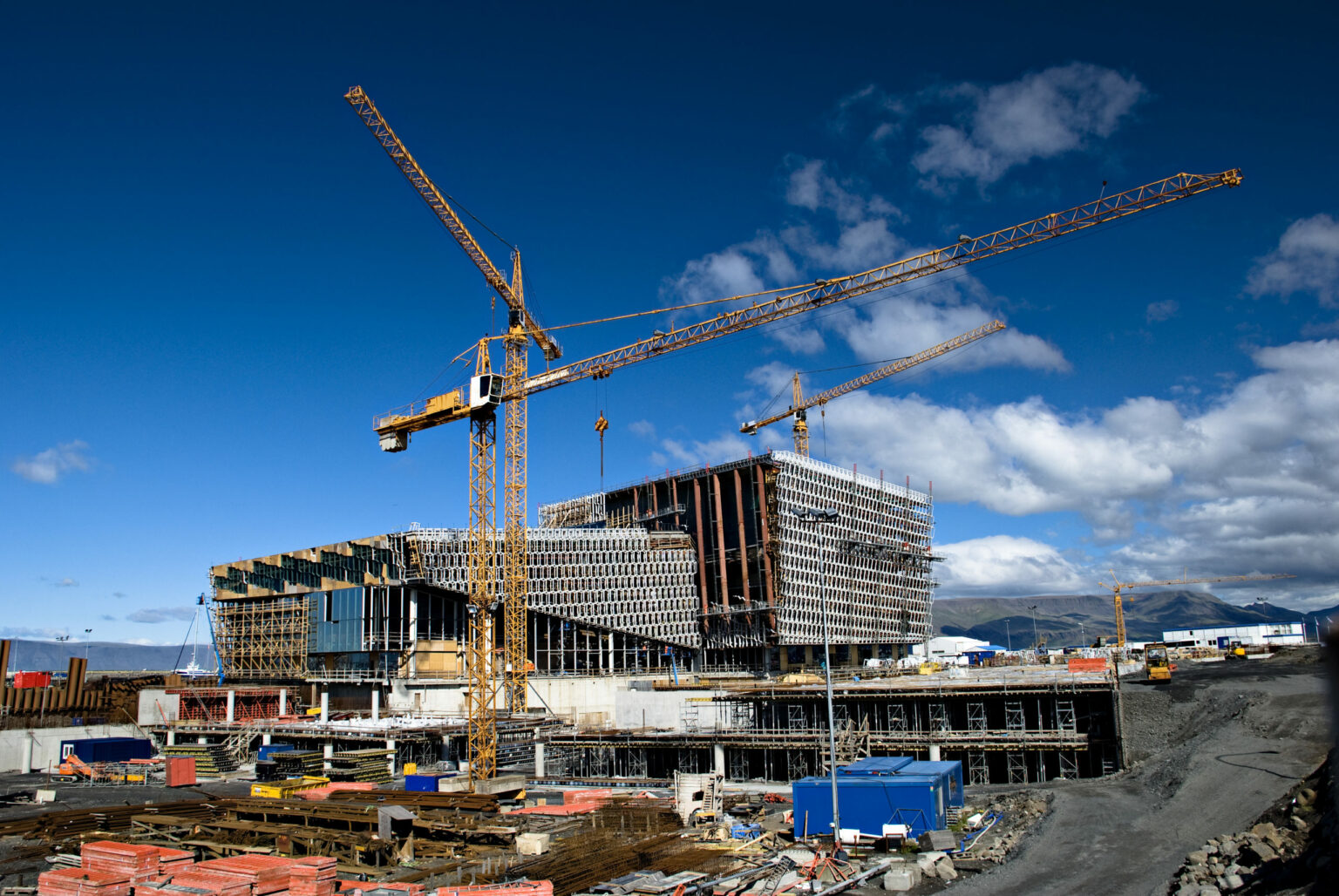Building Safety Regulator takes over as the building control authority for high-risk structures in England
- October 4, 2023
- 8:00 am


Iain Hoey
Share this content
As of 1 October, the Building Safety Regulator (BSR) has assumed the role of the Building Control Authority for all higher-risk buildings (HRBs) in England.
As part of the change, developers constructing new residential buildings over 18-metres or those comprising seven storeys and having at least two residential units will no longer have the discretion to choose their preferred building control body.
The same rule applies to hospitals and care homes that match the same height criteria.
The role and responsibilities of the new building control authority
Developers are now mandated to seek building control approval from the BSR before initiating any construction project associated with HRBs.
Neil Hope-Collins, Operational Policy lead for Gateways and Building Control, elaborates on the modifications to the building safety protocol and the pivotal role of BSR in this new setup: “The Building Safety Act, 2022 (BSA) imposes fresh legal obligations on individuals engaged in the design, construction, and occupation of HRBs.”
Everyone involved in construction activities must ensure that they are compliant with the law.
They must also be prepared to furnish tangible proof of this compliance if required.
This stringent oversight aims to guarantee absolute accountability for the safety of HRBs throughout their lifespan.
Adding to this, The Building (Higher-Risk Buildings Procedures) (England) Regulations 2023, effective from 17 August 2023, detail the building control processes relevant to all HRB projects.
Recommendations and the new regime
The new regulations, which encompass the technical specifics, embody the recommendations presented by Dame Judith Hackitt in her report titled “Building A Safer Future”.
They delineate the enhanced regime for the design, construction, and in-occupation safety standards for HRBs.
From October onwards, the BSR will execute its duties as the Building Control Authority with the support of multi-disciplinary teams (MDTs).
Comprising a registered building inspector and other essential specialists, these teams, under the guidance of BSR, will play a decisive role in evaluating building control application submissions, ensuring efficient regulatory verdicts, and structuring inspection schedules.
Though the assessment of plans and site inspections isn’t novel, the method of delivery is certainly a fresh approach.
The Three-Gate Approval Process
To augment regulatory oversight, construction projects on HRBs will now navigate through a rigorous three-gateway approval process, necessitating BSR consent:
- Prior to the commencement of building work.
- Before any major changes during construction.
- Upon completion of the construction.
Starting construction without BSR’s nod is now an offence, and the regulator possesses the power to enforce penalties for violations.
The article further details the three planning gateways and their requirements, with the third gateway emphasising the need for registration of the building with the BSR post-completion.
Registered buildings will undergo periodic checks by the BSR to ensure consistent management of fire and structural risks.
For additional insights, readers can refer to ‘The three gateways to building safety’ leaflet and the ‘FAQ Explainer – Building Safety Regulator as the Building Control Authority’, which provides responses to frequently posed queries.
All these details and more can be accessed here.
IFSJ Comment
Such reforms present a clear path towards enhanced building safety, addressing long-standing concerns in the industry.
By implementing a centralised control mechanism via the BSR, there’s a more unified approach to building oversight, ensuring that HRBs in England adhere to the highest safety standards.
This move, inspired by Dame Judith Hackitt’s recommendations, also underscores the country’s commitment to improving the structural and fire safety standards, a pivotal step for the safety and well-being of its residents.

